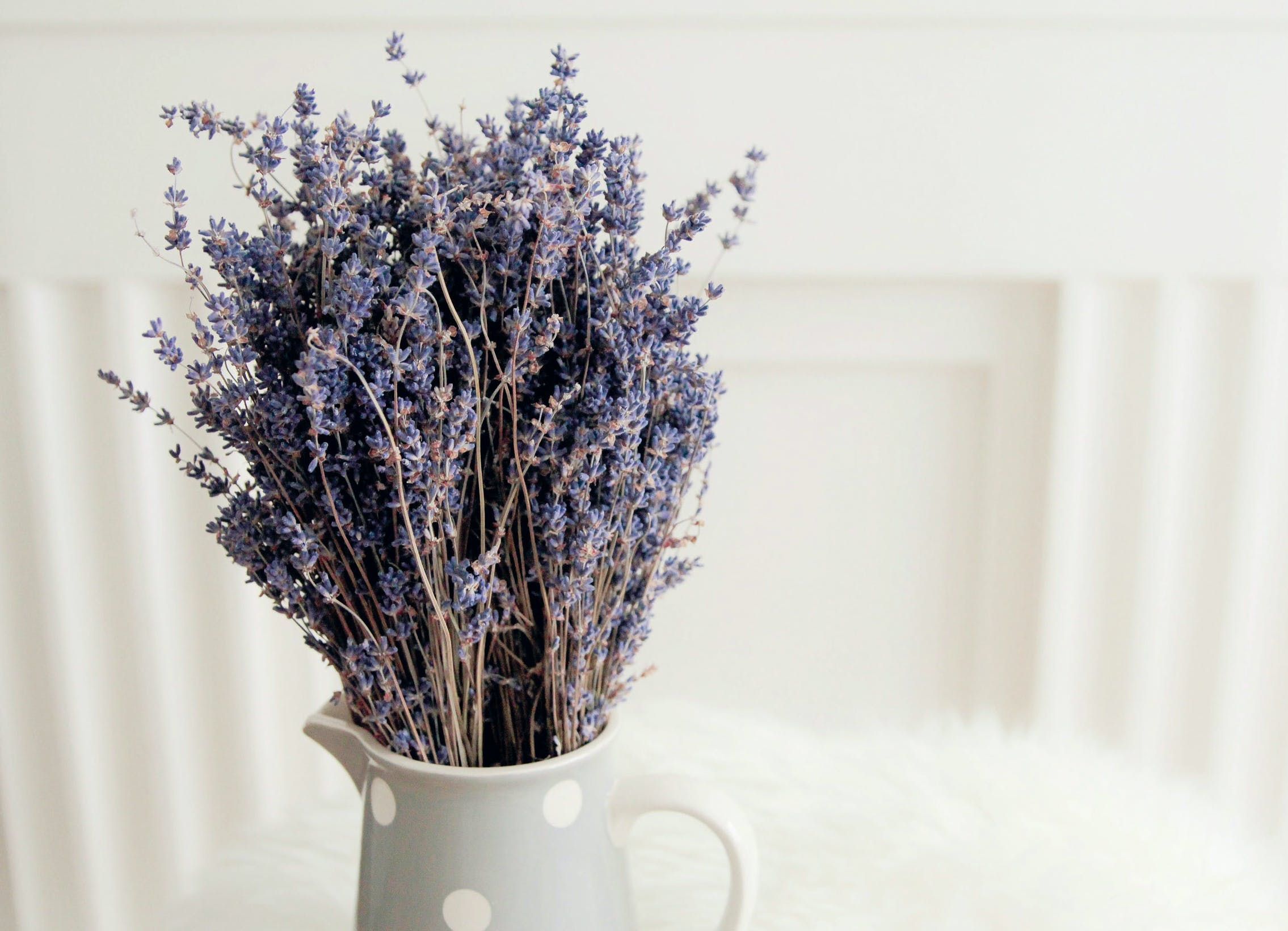The flowery, spicy scent of linalool infuses shampoos, soaps and candles, and gives lavender oil its soothing, calming effects. Linalool is a terpene produced by over 200 species of plants around the world, including cannabis—and now, research reveals that its potent healing properties can enhance the therapeutic effects of cannabidiol (CBD), tetrahydrocannbinol (THC) and other cannabis compounds.
What Are Terpenes?
Terpenes are fragrant oils produced by the resin glands of many plants and are responsible for the distinctive taste and pleasant scents of fruits, several flowers and other products. But science also shows us that terpenes contain compounds that can affect many systems in the body to boost immunity, relieve pain as well as produce a long list of other positive healthful effects.
FOLLOW US ON FACEBOOK & INSTAGRAM
The cannabis plant is estimated to have more than 200 different terpenes, and since research on marijuana terpenes is relatively new, more may be discovered. Terpenes and cannabinoids interact in a variety of complex ways, which helps explain why different cannabis strains can have different effects, even though they might contain fairly equivalent amounts of dominant cannabinoids like CBD or THC.
Linalool: A Healing Cannabis Terpene
Along with limonene and myrcene, linolool is a fairly well-studied cannabis terpene, even though few strains—mainly indicas—contain it in very high amounts. Linalool adds a light floral scent and spicy taste to marijuana when smoked or added to edibles, but its healing effects are far more significant, both on their own and in combination with other marijuana compounds.
The human body contains many receptor systems, which respond to chemicals produced within the body and similar ones from outside sources. A few of those are:
- The endocannabinoid system (ECS), which is responsible for the body’s responses to cannabis
- The opioidergic system, which responds to natural opioids like endorphins as well as opioid medications like OxyContin
- The dopaminergic system, which is triggered by dopamine, the feel-good chemical associated with pleasure and reward
Linalool affects receptors in all of these systems as well as others related to immune responses and pain. The terpene has been shown in some folks to:
- Reduce anxiety
- Relieve depression and pain
- Support the immune system
- Prevent seizures
Linalool Calms & Soothes
For centuries, lavender oil has been used to calm anxiety and relieve emotional distress—and linalool is the reason. Linalool has the most powerful sedative effect of all known terpenes.
In cannabis, it enhances the anti-anxiety effects of CBD and can reduce the anxiety often caused by high levels of THC in some strains. Because of its effect on the dopaminergic system, linalool has antidepressant qualities of its own and also boosts the effectiveness of CBD in the central nervous system.
Linalool May Strengthen the Immune System
Cannabinoids affect the ECS’s action on immune responses. Linalool not only enhances the anti-inflammatory properties of CBD, it also has immune-boosting properties of its own. Some research suggests that linalool can inhibit the development of cancerous tumors and ease the symptoms of a variety of autoimmune disorders.
Linalool Can Help Prevent Seizures
Research has shown that cannabis can be an effective treatment for epilepsy, even for severe forms of the disease that don’t respond to other treatments. It’s believed that linalool may be one reason for its effectiveness. Recent studies show that linalool as an essential oil can reduce seizure activity as well as the severity of seizures when they occur.
Linalool Can Support Your Body’s Pain Response
Many people turn to cannabis for pain relief, because cannabis products of all kinds have been shown to play a role in the ECS’s action on pain signaling. Linalool has analgesic qualities of its own, and research suggests that it works with cannabinoid compounds, particularly CBD, to modulate pain signals in the brain and reduce the body’s stress responses when pain occurs.
How to Use Linalool
Linalool has been called a minor terpene, because it usually occurs only in small amounts in many cannabis strains. That said, it’s high in the terpene profile of several indica strains such as Amnesia Haze and Lavender. Linalool can also be found in cannabis products such as salves, ointment and creams; you can also add it yourself to your favorite marijuana-infused product. Linalool extract can also be inhaled or applied directly to the skin.
Like other terpenes, linalool breaks down under very high heat in dabbing or smoking cannabis, so that it releases toxic fumes and carcinogens such as acrylamide. And although linalool is generally safe to use on the skin as an extract or in creams and ointments, it can cause skin irritation or allergic reactions in some people.
Terpenes provide fragrance and flavor in cannabis products of all kinds. They also add nuance and complexity to the healing properties of THC, CBD and other cannabinoids. Although research on the many cannabis terpenes is still relatively new, studies confirm that linalool, the so-called minor terpene, has major health benefits on its own—and in partnership with other healing compounds in cannabis.
Photo credit: Eddie Garcia
If you’re new to cannabis and want to learn more, take a look at our Cannabis 101 post. HelloMD can help you get your medical marijuana recommendation; it’s easy, private and 100% online.






